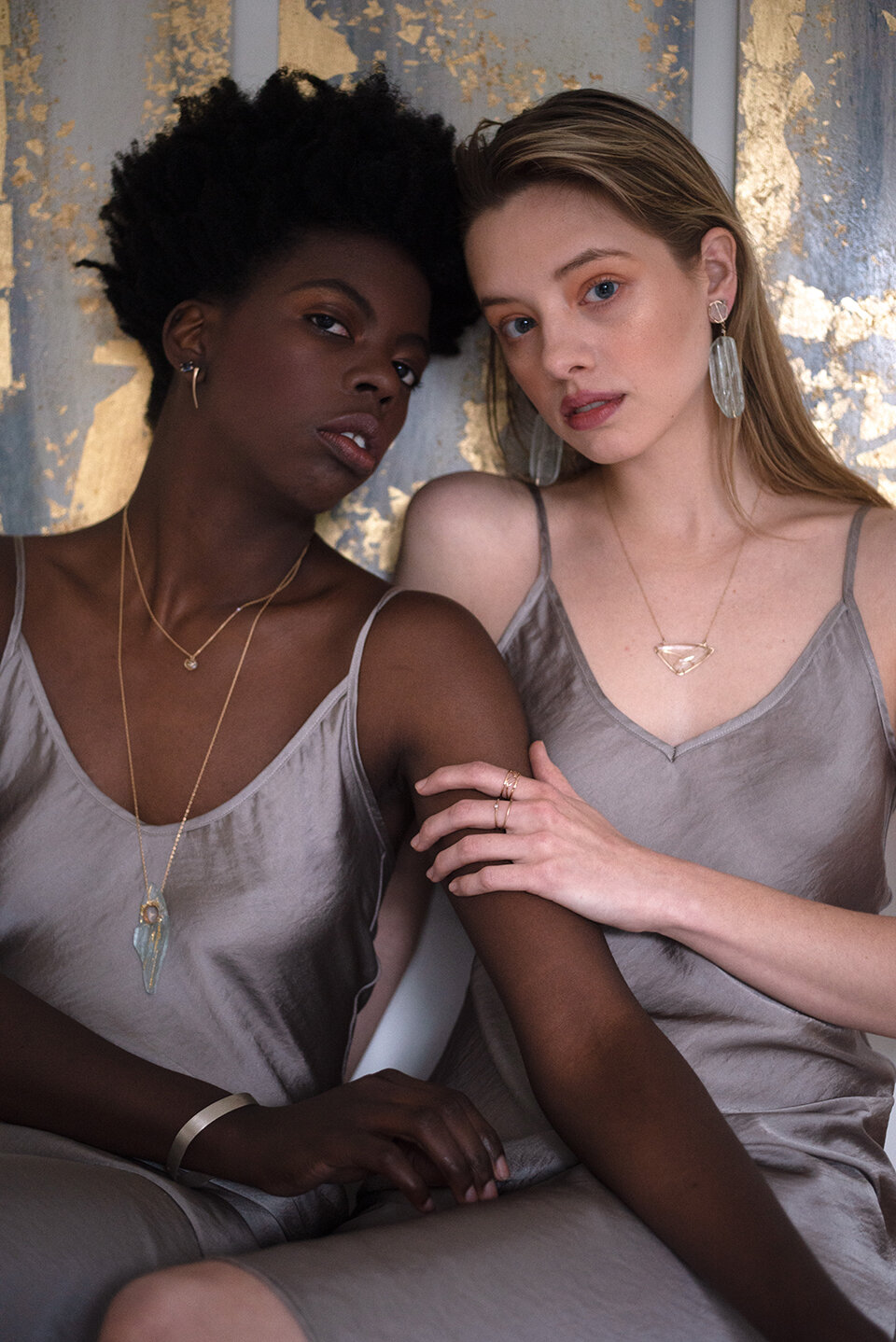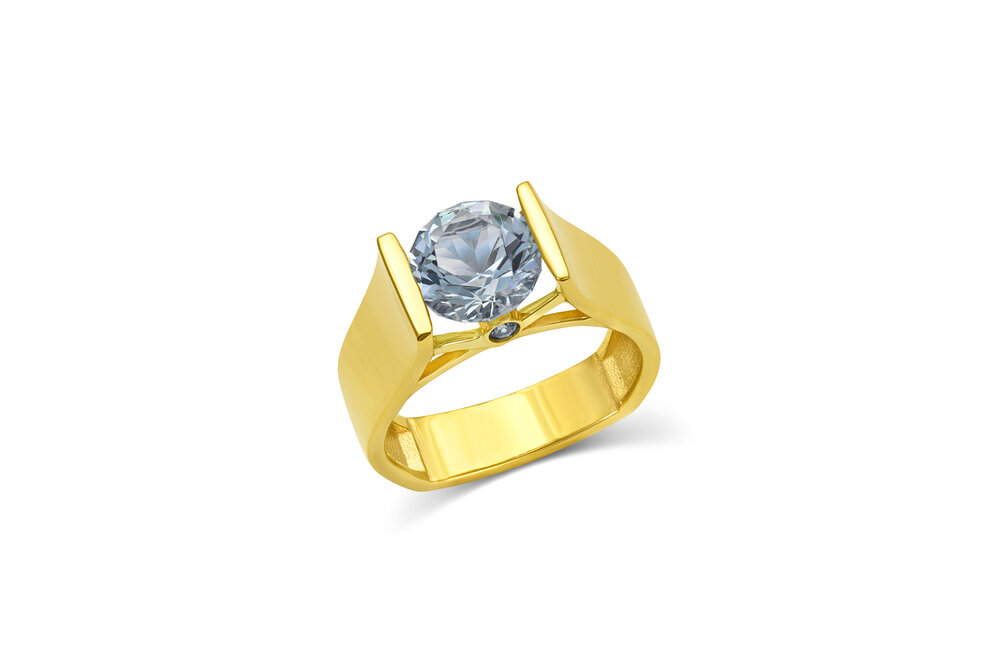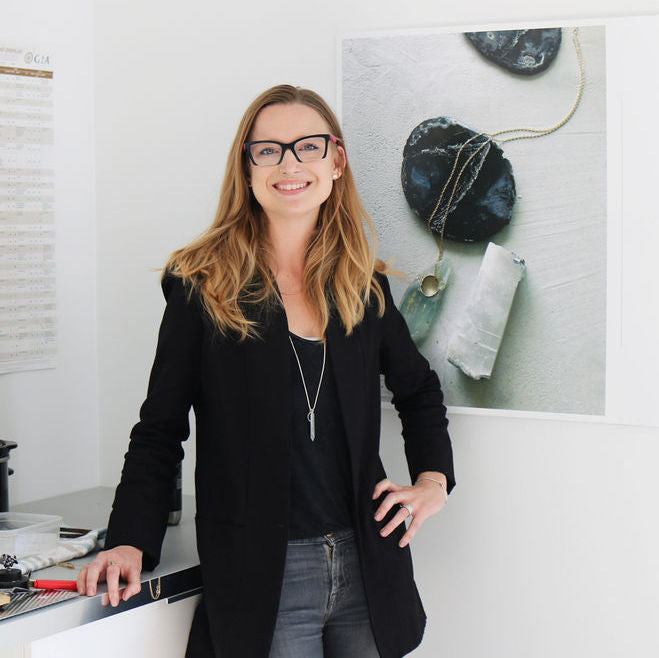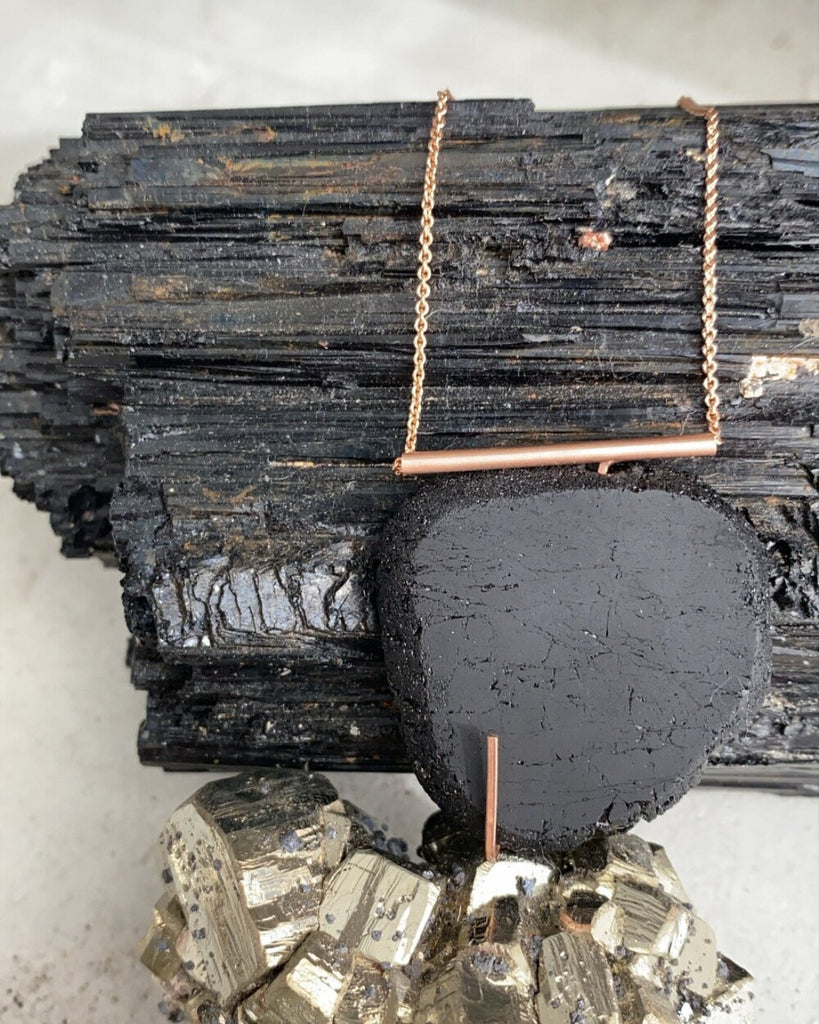Aquamarine: March's birthstone

Spring is finally in the air, bringing with it warmer temperatures and beautiful blooms in the Carlsbad flower fields. We’re celebrating aquamarine, the March birthstone all month long! It’s no secret we love aquamarine here at Enji, with our founder Niki being a March baby herself. For those looking to learn more about one of our favorite gems, here are a few fun facts about aquamarine:
1. Aquamarine is a relative of emeralds. Both stones are members of the beryl family of gemstones. Golden Beryl and Morganite are also part of the beryl family and can often be found together in the same deposit.
2. Believed to be a precious treasure from mermaids, sailors have worn aquamarine amulets to keep them safe at sea, ward off seasickness, and even protect them from Satan.
3. Many aquamarine gemstones are heat treated to bring their color closer to a true, vibrant blue. This color change is permanent, but it doesn't harm or otherwise change the structure of the stone. Heat treated stones should be clearly marked as such, and they are often lower in price than natural stones with the same hue.
4. Aquamarine is well known for its distinctive blue-green color. Shades range from deep teal to a pale, crystal blue. The depth of color is actually influenced by the amount of iron found in each gem's structure, and that is why the color varies so much.
5. Aquamarine registers between a 7 and an 8 on Mohs hardness scale. This high score makes the gemstone perfect for daily use.

6. The ancient Romans believed that Neptune, god of the sea, had a special affiliation with aquamarine.
7. Aquamarine has long been said to bring hope, health, and happiness to its wearer.
8. While the most valuable aquamarines are mined in Columbia and Brazil, caches of the gem have been found even in the Colorado Rocky Mountains. Other mines extracting gem quality material are found in Kenya, Zambia, Afghanistan, Pakistan, Sri Lanka, Russia, Tanzania, Nigeria, and Madagascar.
9. The world’s largest cut aquamarine is named the Don Pedro. The stone is exhibited at the Natural History Museum at the Smithsonian in Washington, D.C.
10. Aquamarine was even used to correct near-sightedness. In Germany eyeglasses were once made of thin slices of aquamarine.
Sources:
http://jewelry.lovetoknow.com/Facts_About_the_Birthstone_Aquamarine
http://www.gemstonebuzz.com/10-interesting-facts-about-aquamarine-gemstone
http://www.turleyjewelers.com/blog/13-fascinating-facts-about-aquamarine
https://www.gemselect.com/gem-info/aquamarine/aquamarine-info.php





